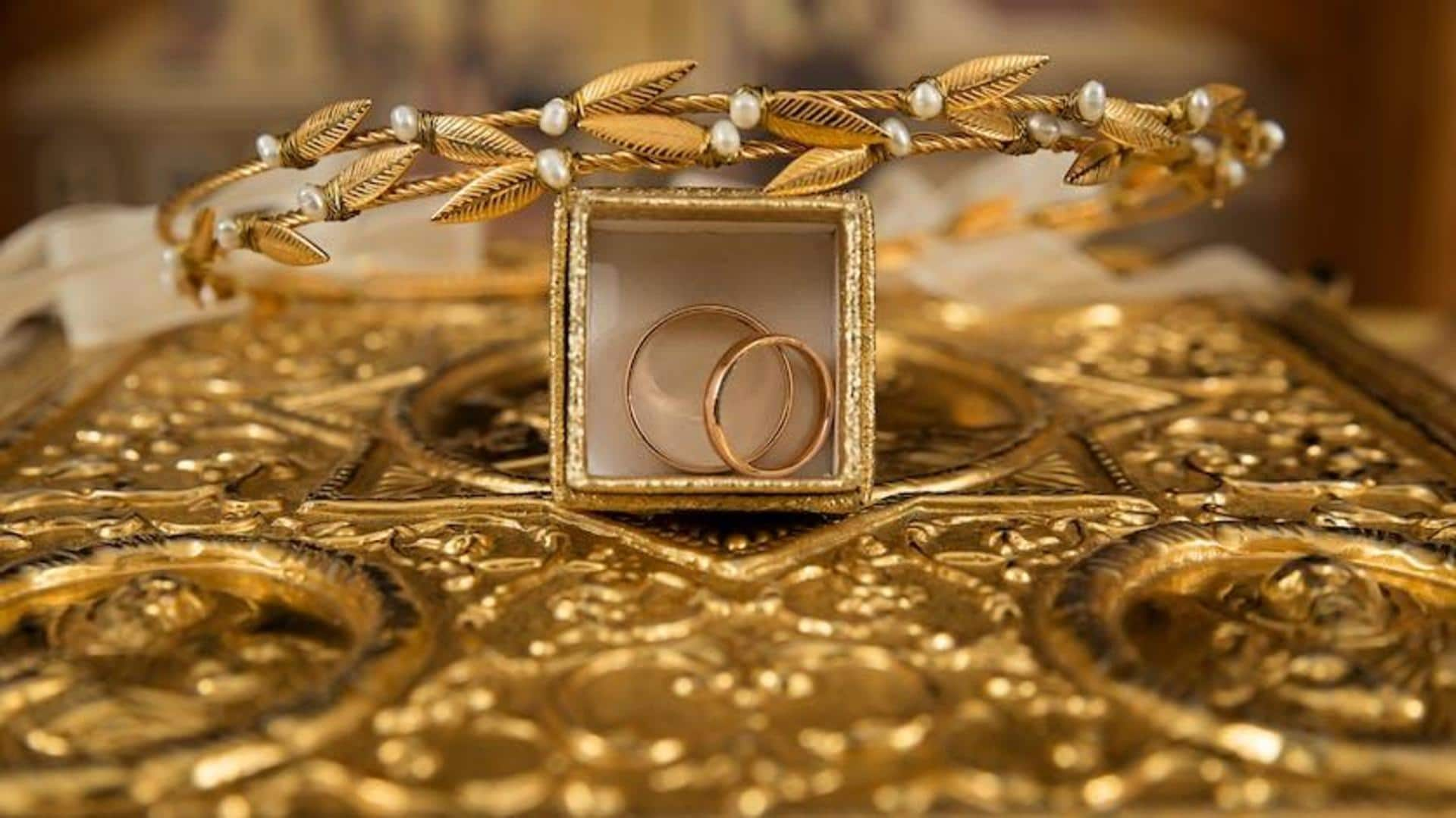
Gold jewelry sale with HUID mandatory; 1-year jail for violation
What's the story
The Central government has made Hallmark Unique Identification Number (HUID)-based hallmarking for gold jewelry and artifacts mandatory in the country from April 1. The order was issued to ensure uniform standards of gold quality across the country and protect consumers from fraud. Jewelers who violate the rule could face a penalty of five times the price of the jewelry, one-year imprisonment, or both.
Context
Why does this story matter?
The decision comes after multiple phases of mandatory hallmarking of jewelry concluded in the country. The initiative was also marred by protests with thousands of jewelers throughout India staging a strike against the adoption of HUID, claiming that it would severely impede their business. They urged that the procedure be delayed for two years until they could adapt to the new system.
Details
No sale of gold jewelry without HUID from April 1
The Ministry of Consumer Affairs, Food & Public Distribution said that the sale of gold jewelry and gold artifacts without a mandatory HUID number shall not be permitted in the country from April 1, 2023. The decision has been taken in the best interest of consumers, per Additional Secretary, Department of Consumer Affairs Nidhi Khare.
Official
80% concessions on marking fees for micro-units
According to reports, the government agreed to grant an 80% discount on "marking fees" for micro units across items, and an extra 10% discount to all units in the North East to help companies get through the initial stages of complying with the directive. The decision was reportedly taken after a review meeting of the Bureau of Indian Standards (BIS).
HUID mark
How does HUID system work?
Under the new system, a unique code will be given to every piece of jewelry at the time of hallmarking. According to BIS guidelines, the hallmark consists of three symbols—the BIS logo, Purity/Fineness Grade, and a six-digit alphanumeric code, which is known as the HUID. The code will help in identifying the jeweler as well as the customer.
Mandate
The process of mandatory hallmark started in June 2021
The BIS made hallmarking of gold jewelry and antiques essential in June 2021. It was done to increase the legitimacy of the jewelry and customer satisfaction through third-party certification for the marked purity of gold, as well as consumer protection. By April 1, 2022, jewelers began selling only 14, 18, and 22-carat gold jewelry and other goods certified by the BIS for purity.
Information
Nearly 288 Indian districts covered under mandatory hallmarking
Since June 23, 2021, almost 288 districts across the country have been subject to Mandatory Hallmarking. Khare said that 10.56 crore gold jewelry items had been Hallmarked as of 2022-23, adding that the number of BIS Registered Jewellers in operation has climbed to 1,53,718.